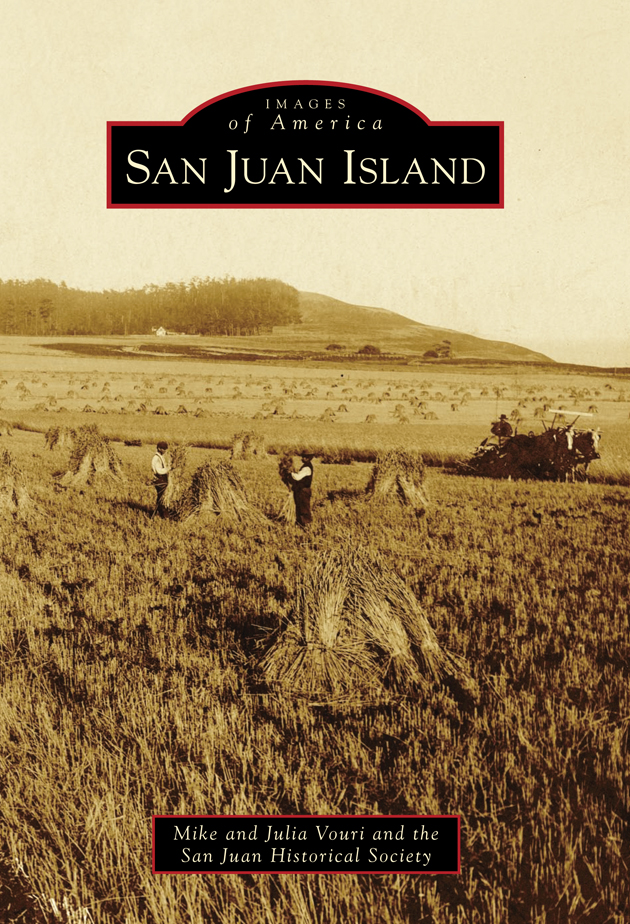San Juan Island National Historical Park, the San Juan Island Library and the San Juan Historical Society will celebrate the pioneer heritage of American Camp with a Fireside Program and Historical Structures Tour of American Camp’s Officers’ Quarters and the other structures associated with it at American Camp on May 30-31.
An evening program—scheduled at 7 p.m., Friday May 30 in the San Juan Island Library—will focus on families who played a major role in birthing settlement on San Juan Island, as well as conserving historic structures such as the Officers’ Quarters (the old McRae house), which was constructed by the U.S. Army in 1856 and moved to San Juan Island during the Pig War crisis.
The next day, from noon to 3 p.m., park staff will, for first time in park history, open the interior of the Officers’ Quarters to the public, as well as the old Brown house (moved to the park in December 2010), the Laundress Quarters and offer guided tours of the redoubt.
The park also will also be commemorating the start of the long-awaited restoration of the Officers’ Quarters (the McRae house, also known officially as Historic Structure 11) interior, which will begin this year, and may be already underway, depending on maintenance scheduling.
The fireside program on the 30th will be preceded by a brief PowerPoint program outlining the history of the building(s) and families at American Camp. The park will then turn the program over to San Juan Islanders to share family stories and personal experiences with the house and surrounding lands, including the beaches and bluffs. The discussion will be moderated by park historian Mike Vouri, but all San Juan islanders are invited to share family stories associated with the site.
Following the joint military occupation of the island, the building remained in place, as a farm house, to several families, but primarily the Firth, Firth/LaChappelle and McRae families. The Christopher Rosler family had holdings immediately adjacent to the camps and helped farm the lands in later years. Other island families, such as the Nashes are descended from American Camp soldiers.
American Camp and its counterpart on the northern end of the island, English Camp, were created as a result of the Pig War, the military/naval standoff in 1859 between the United States and Great Britain that lasted several months after an American shot a pig belonging to the Hudson’s Bay Company. Eventually both nations agreed to a joint military occupation of the island by the American soldiers and the British Royal Marines, which over its 12-year duration created a mostly stable environment that invited settlement by citizens of both nations.
The fact that the islands were in dispute did not dissuade these pioneers from staking claims among the island’s frigid waters, dark forests, rocky bights, and wind-swept prairies. From 1860 to 1870, the civilian population on San Juan jumped from 73 to 457, hardly spectacular by later standards, but significant for a 54-square-mile island on the pale of settlement.
The very idea of a national park on San Juan Island is largely due to these settlers and the native peoples who preceded them. If you have images to contribute to the PowerPoint program or require more information, contact Mike Vouri at 360-378-2240, ext. 2227, or Doug Halsey at 360-378-2240, ext. 2228.





